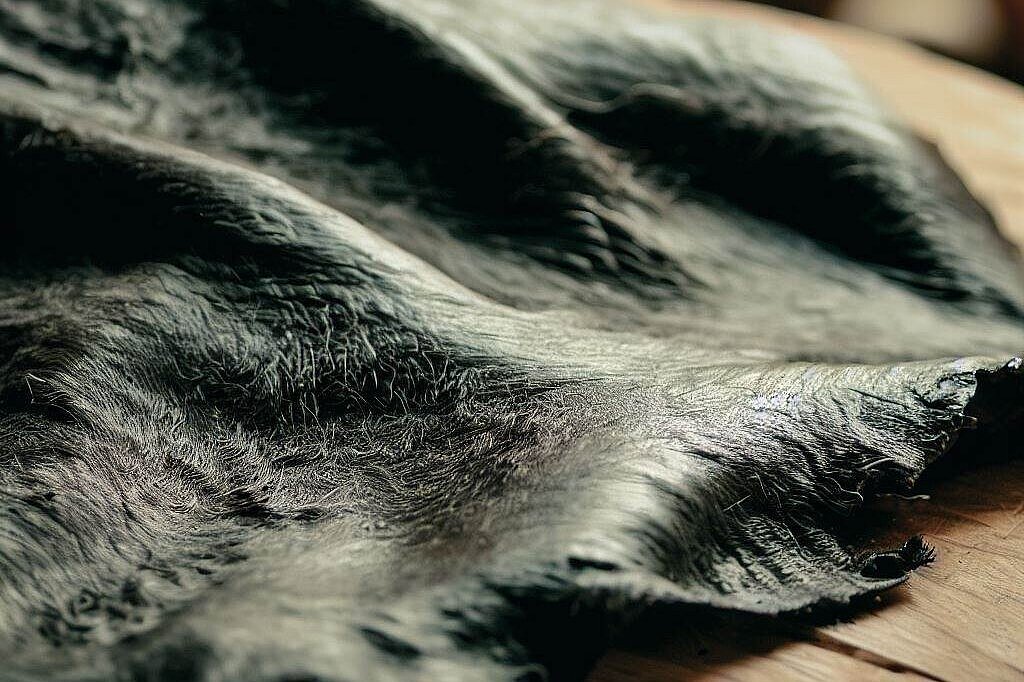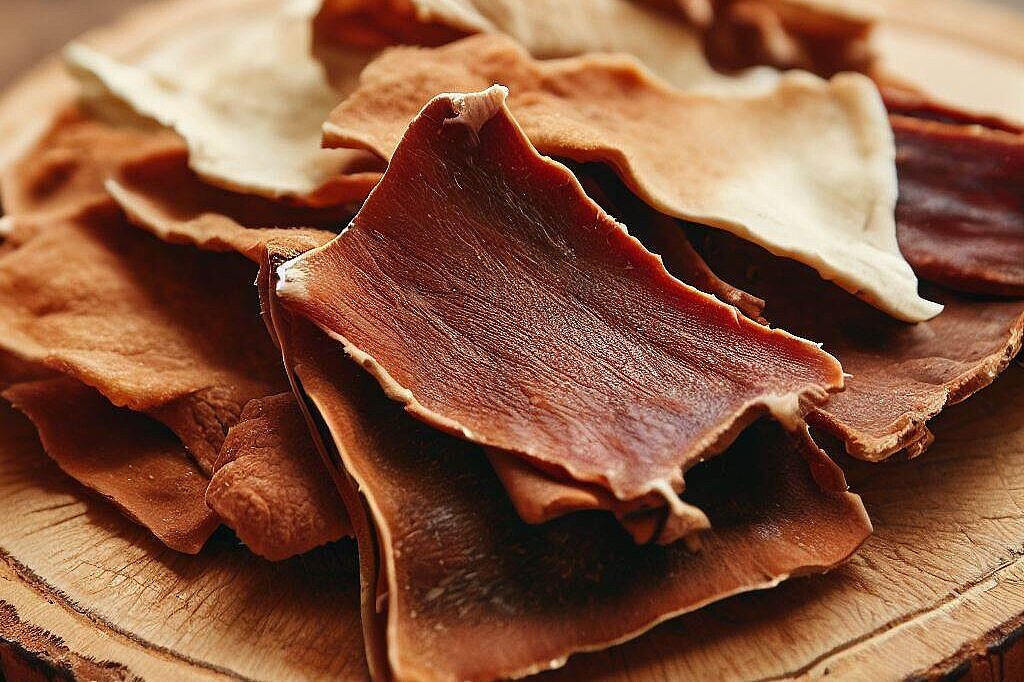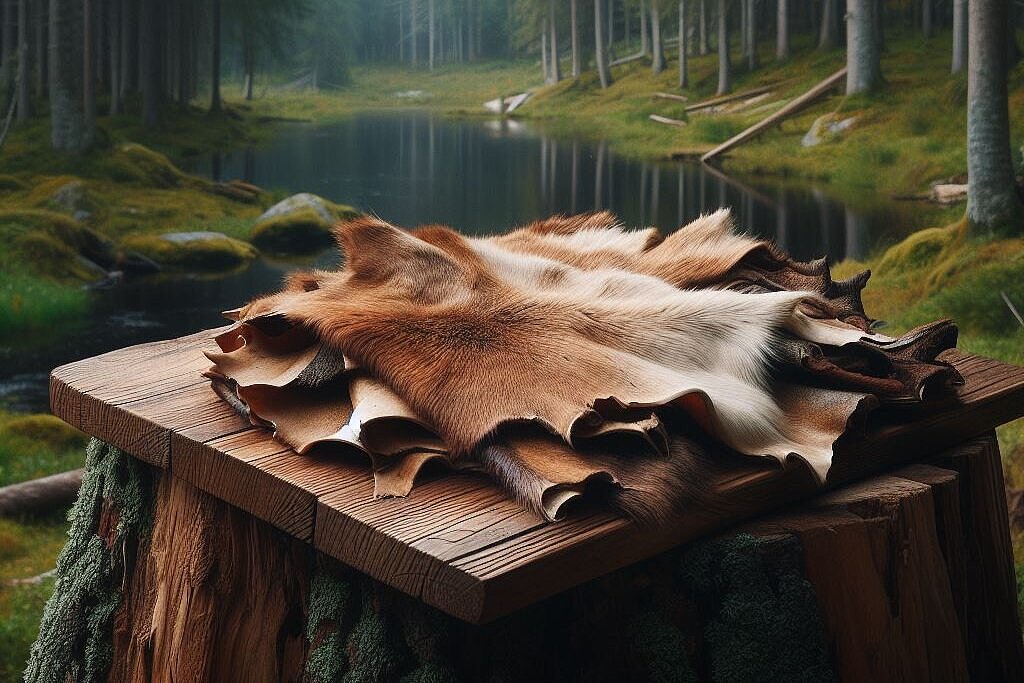Beef hide

What is beef hide?
Beef hide is the skin of cattle, which is separated from the meat and cleaned after slaughter. The hide is then cut into various shapes, dried or smoked and sometimes flavored or colored. Beef hide is very tough and durable, making it a good chew for dogs that like to chew long and hard.
What are the benefits of beef hide for dogs?
Beef hide can have several benefits for dogs if it is fed in moderation. For one, chewing cowhide can improve your dog's dental hygiene by reducing plaque and tartar and massaging the gums. On the other hand, chewing beef hide can also relieve your dog's boredom and provide him with a meaningful activity. Beef skin can also serve as a reward or motivation for your dog when you want to teach him something new, for example.
What are the disadvantages of cowhide for dogs?
Beef hide is not without risks for dogs, especially if it is fed too often or in too large quantities. Some possible disadvantages of beef hide are:
- Beef hide can cause digestive problems, such as diarrhea, vomiting or constipation if your dog doesn't tolerate it well or eats too much of it. It can also lead to weight gain or obesity if your dog consumes too many calories.
- Beef skin can lead to choking or intestinal obstruction if your dog swallows too large pieces of it or doesn't chew it properly. This can be life-threatening and requires an immediate visit to the vet.
- Beef hide can contain bacteria or parasites that can make your dog sick if it has not been handled or stored properly. This can lead to infections or diseases that can also be transmitted to humans.
- Cowhide can cause allergies or intolerances if your dog is sensitive to certain ingredients. This can lead to skin rashes, itching, hair loss or breathing difficulties.
How can you feed beef hide to dogs safely?
If you want to give your dog beef hide as a chew, you should take some precautions to minimize the risks. Here are some tips on how to feed beef hide to dogs safely:
- Choose the right size and shape of cowhide for your dog. The cowhide should be larger than your dog's mouth so that he cannot swallow it whole. The shape of the hide should also be such that your dog can grasp and chew it easily.
- Supervise your dog when he is chewing beef skin and take the leftovers away when he has finished or when they become too small. This will prevent him from choking or eating too much.
- Only buy high-quality cowhide from trustworthy producers or retailers. Make sure that the hide does not contain any artificial additives or colorants and that it comes from a controlled source. Store the hide in a cool, dry place and check the expiry date.
- Feed your dog cowhide only occasionally and in small quantities. Beef skin should not make up more than 10% of your dog's daily calorie intake and should not be given more than once a week. This will prevent your dog from consuming too many calories or having digestive problems.
Beef skin is a popular chew for dogs that can have some benefits for your dog's dental hygiene and well-being. However, cowhide also comes with some risks that you should be aware of if you want to feed your dog cowhide.
If you notice any signs of hypersensitivity or poisoning in your dog, you should see your vet immediately. We are not a substitute for a vet, but we try to be as accurate as possible. Every dog reacts differently and we recommend you get a second opinion or consult your vet if in doubt.
Stay healthy and take good care of your four-legged friend!😊
Similar to Beef hide
Buffalo hide is the dried skin of buffalo, which is processed into various forms such as bones, rolls or sticks. Buffalo skin is high in protein and low in fat, making it a very healthy, natural...
Moose hide is an animal by-product obtained from the skin of moose. Moose are large deer that live mainly in North America, Scandinavia and Russia. Moose skin is very thick and robust, making it a...
Horsehide is an animal by-product obtained from the skin of slaughtered horses. The skin is cleaned, dehaired, shredded and dried to make chews for dogs. Horsehide is available in various forms, for...
Pigskin is the skin of pigs that is separated from the meat after slaughter and dried. No colorants or preservatives are usually added. Pigskin is very hard and tough and can be offered in various...



